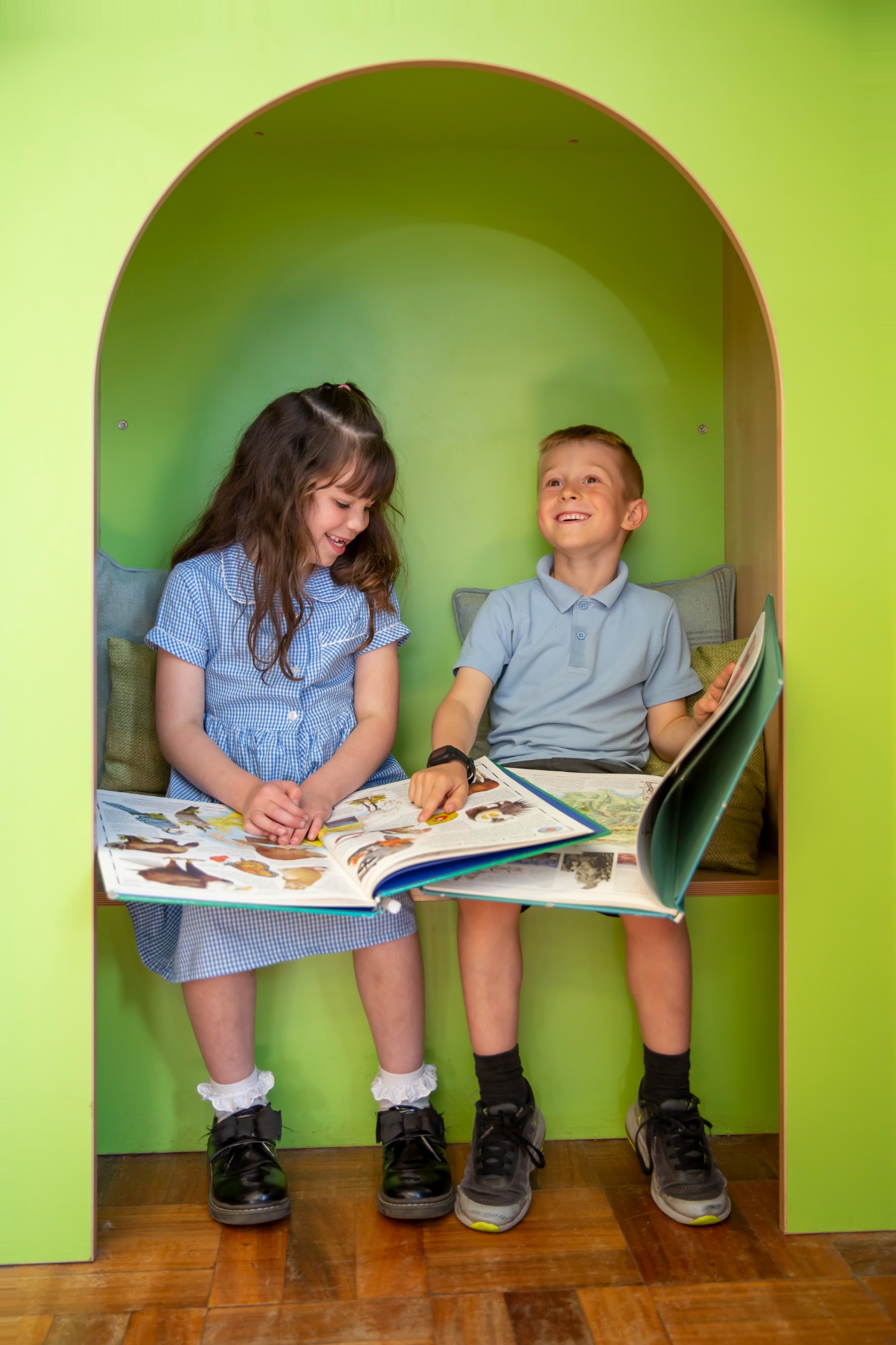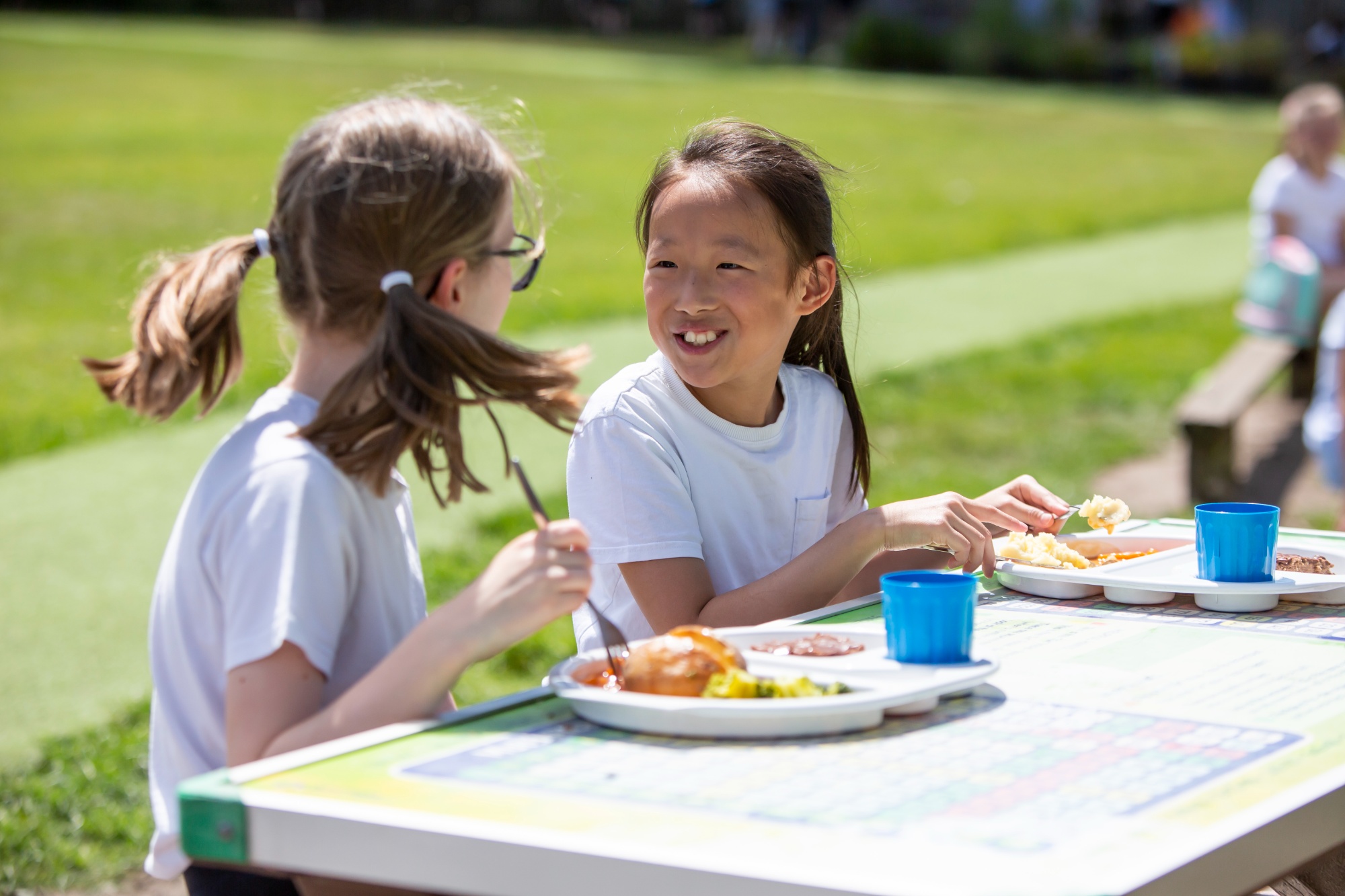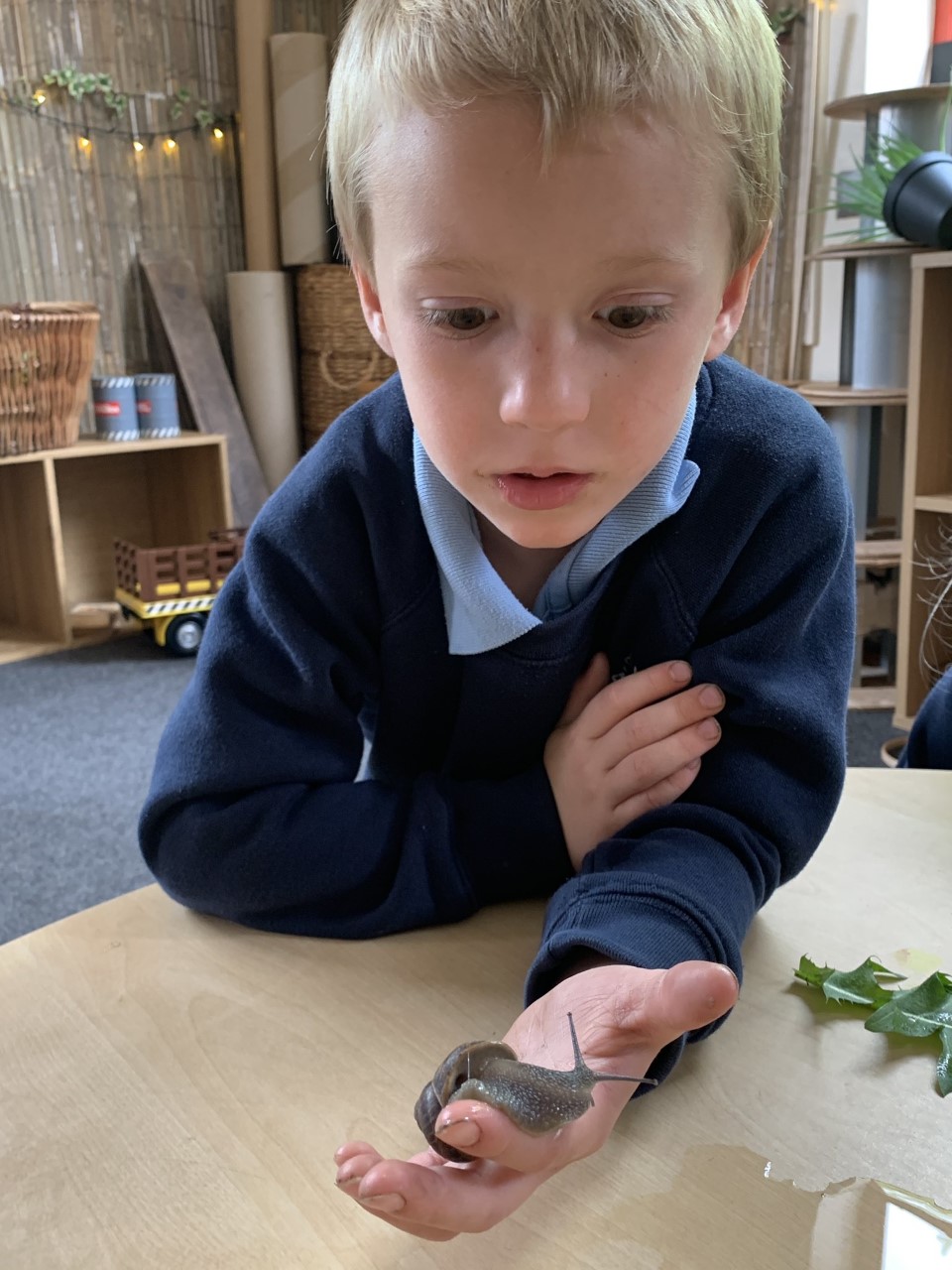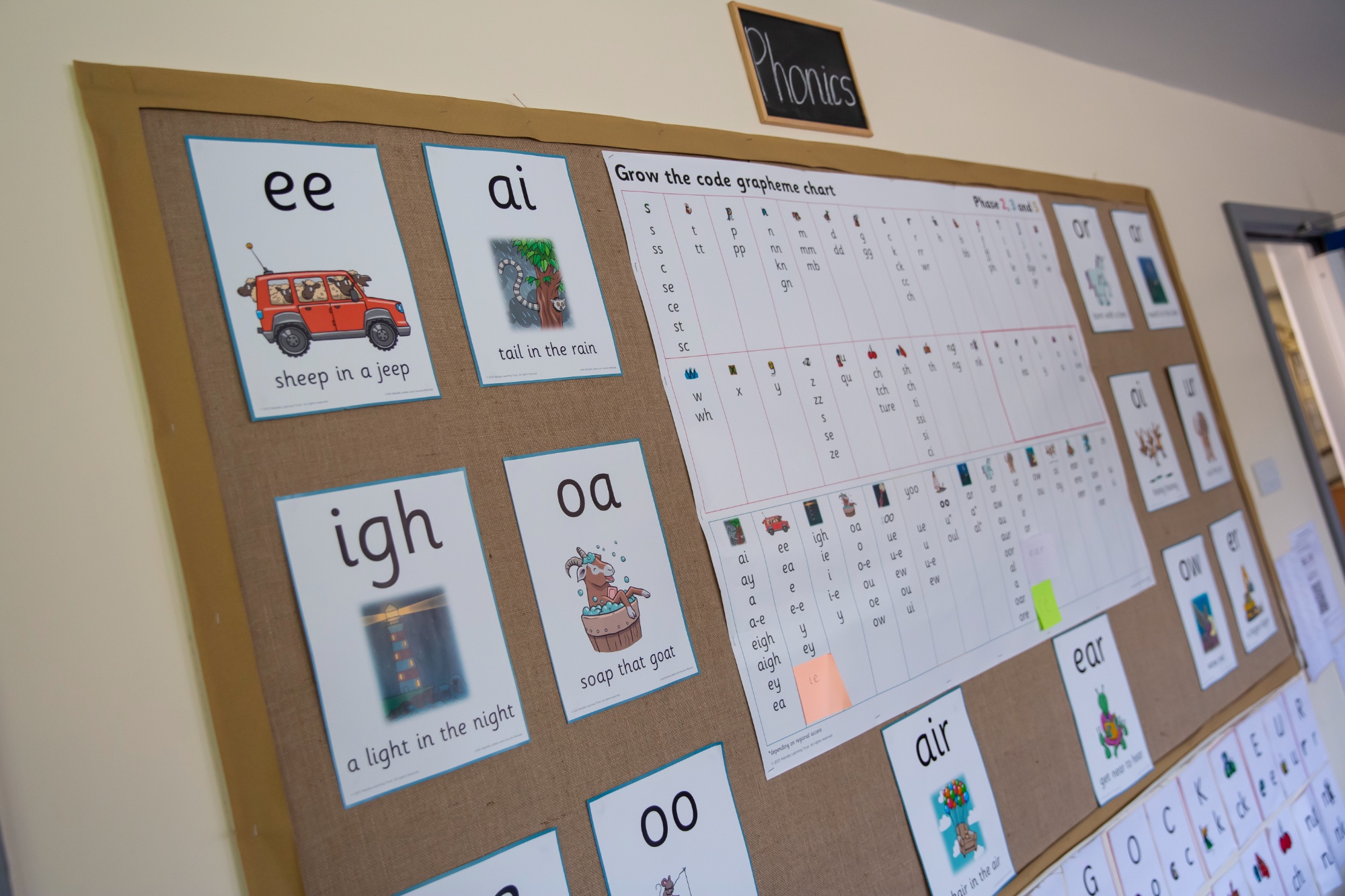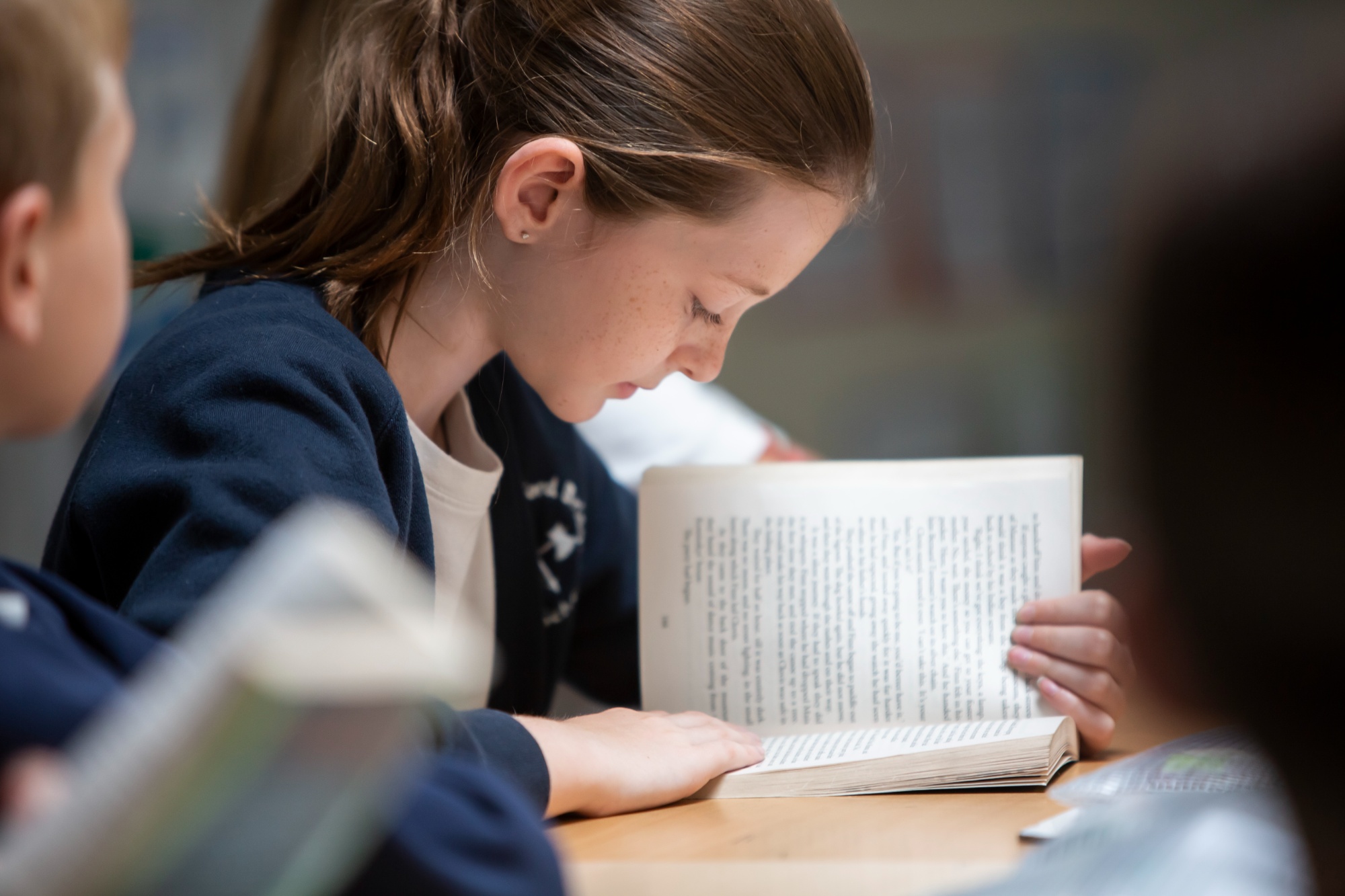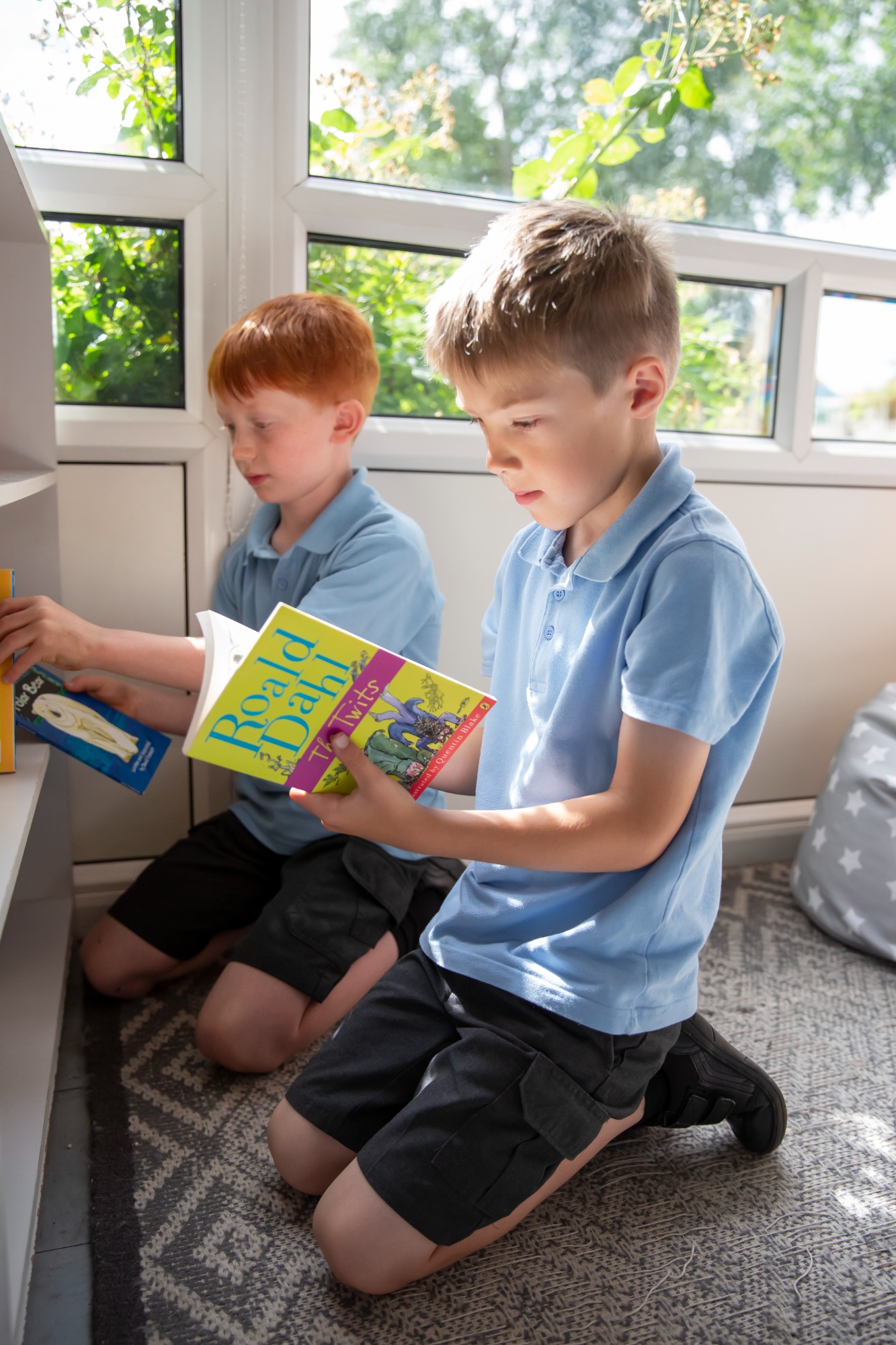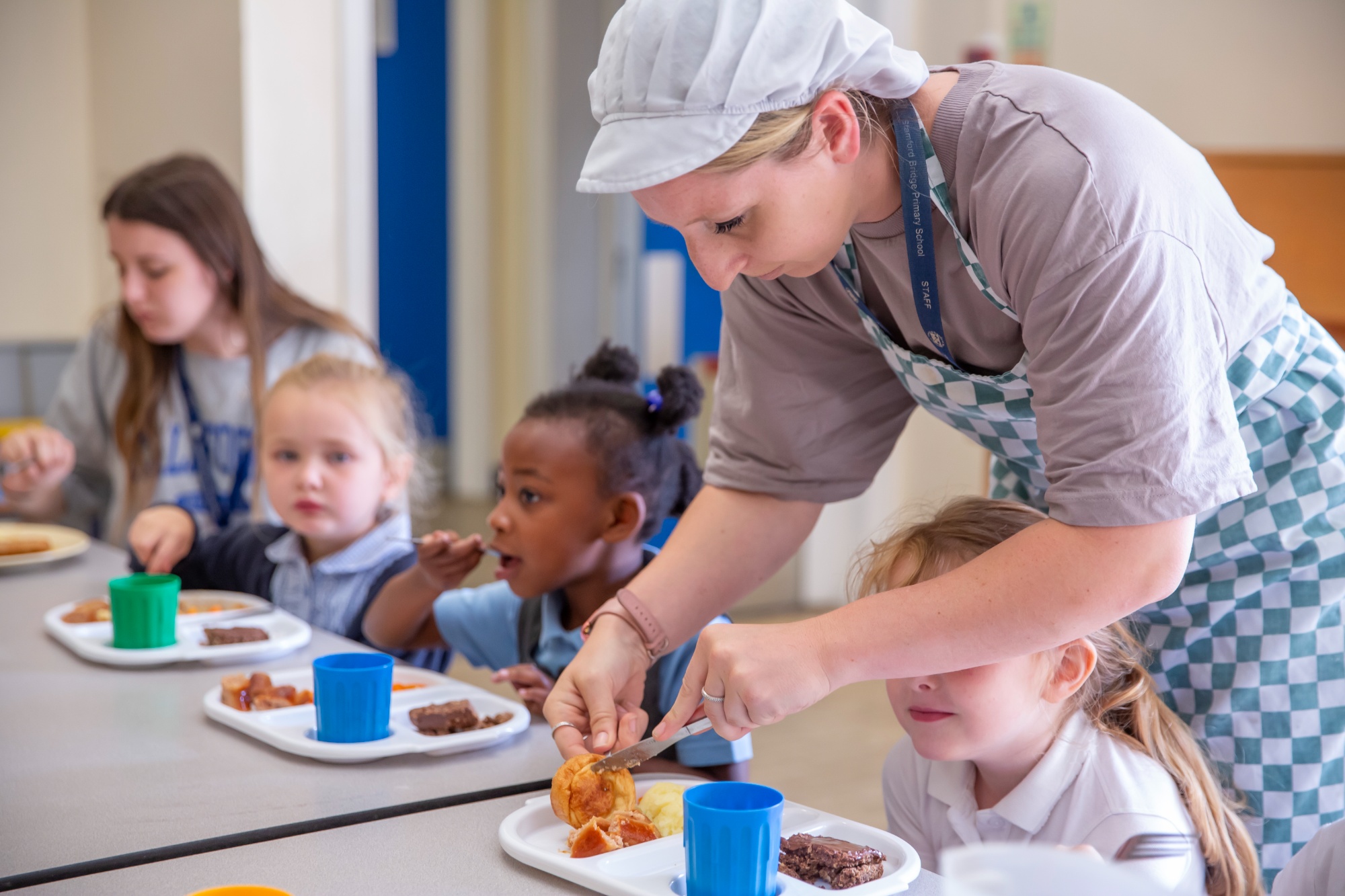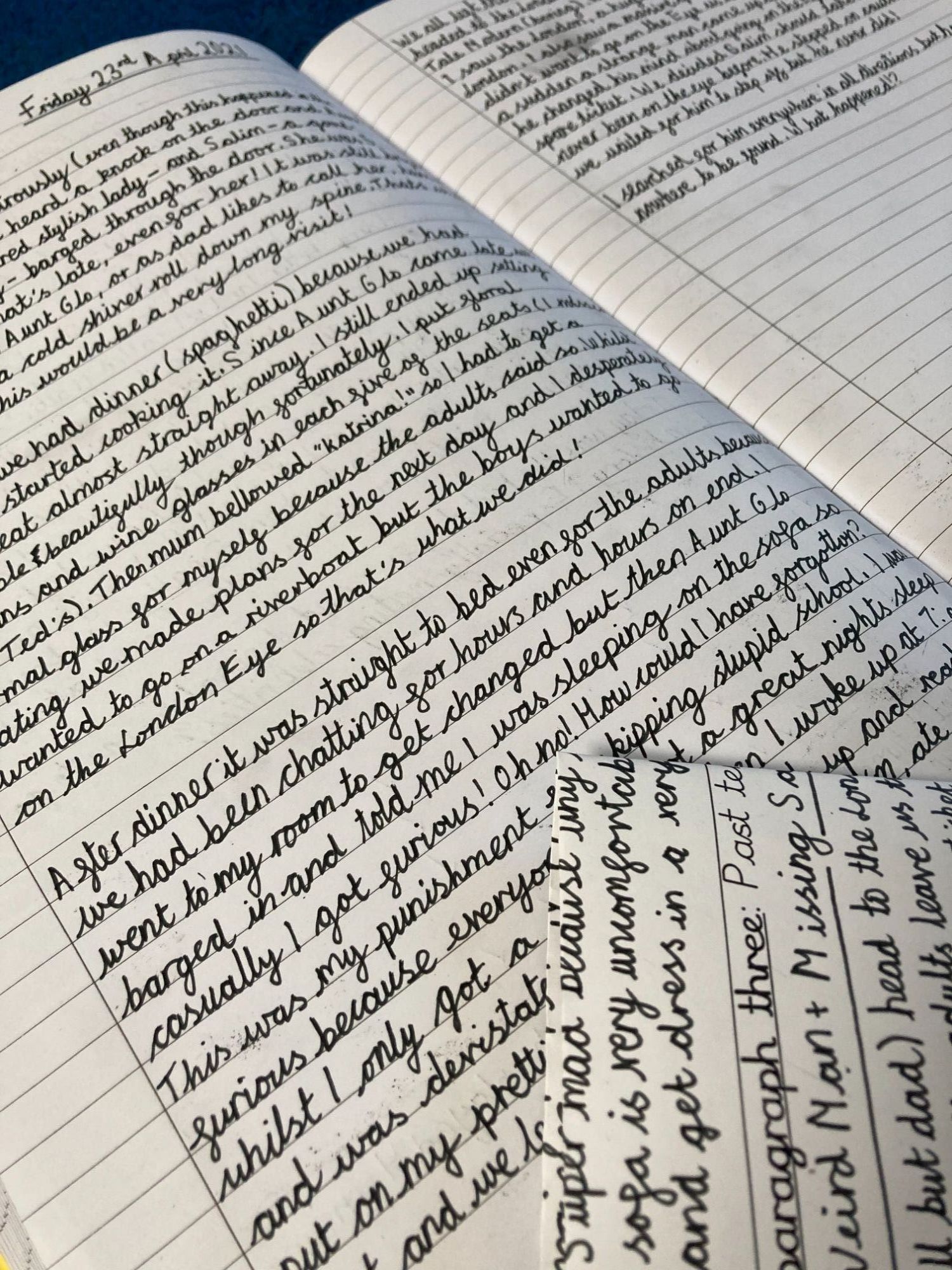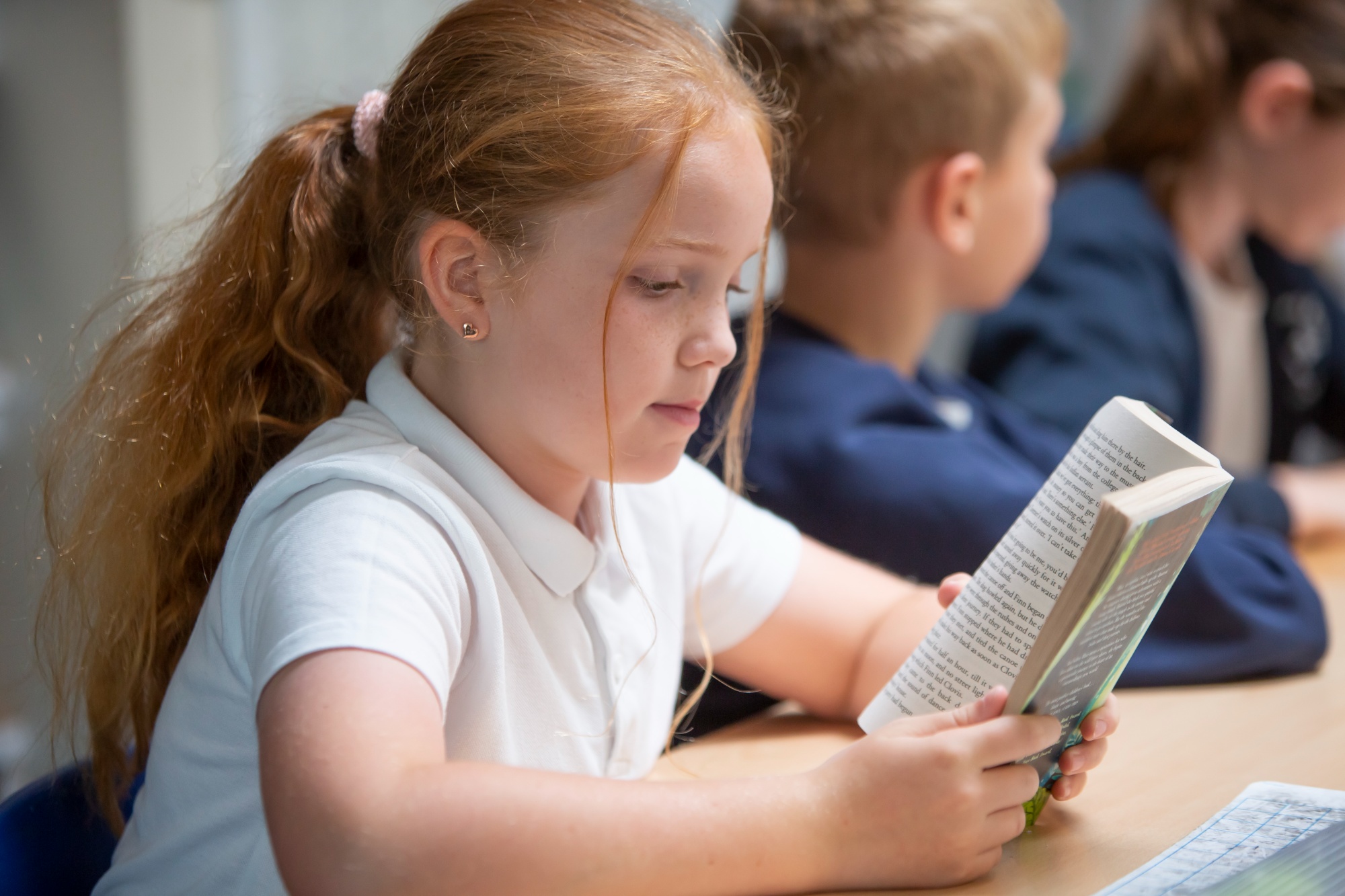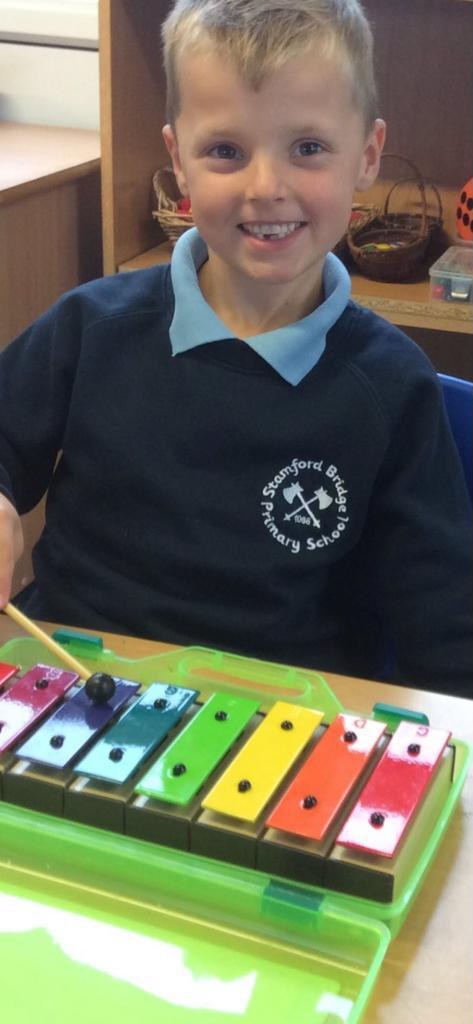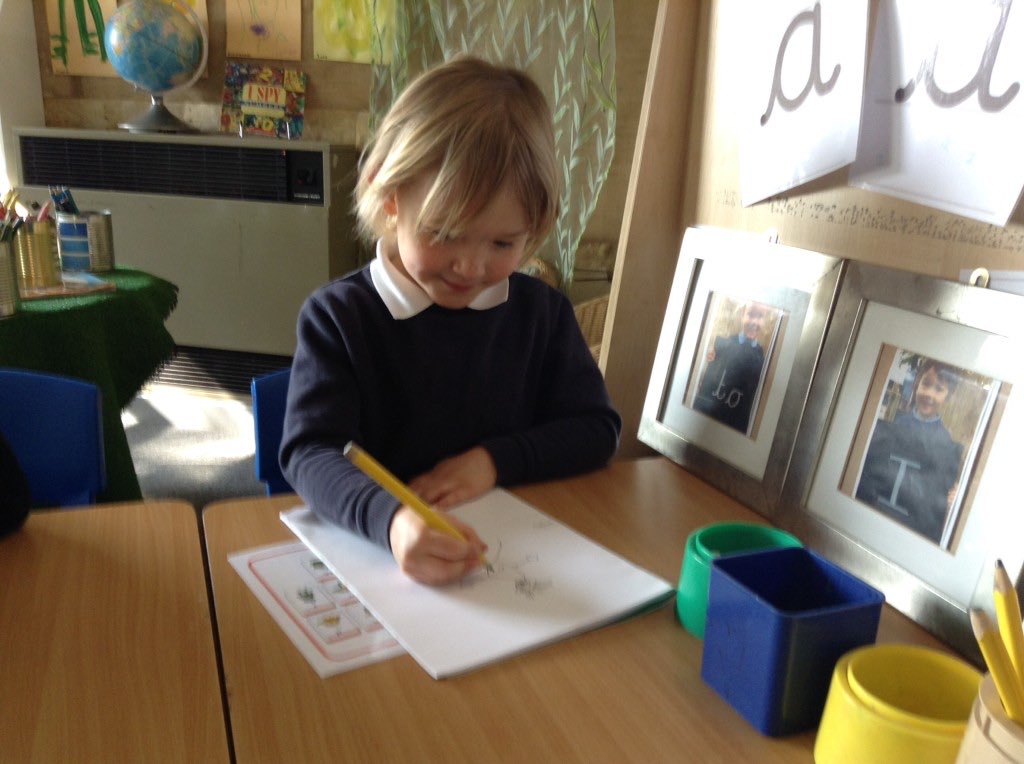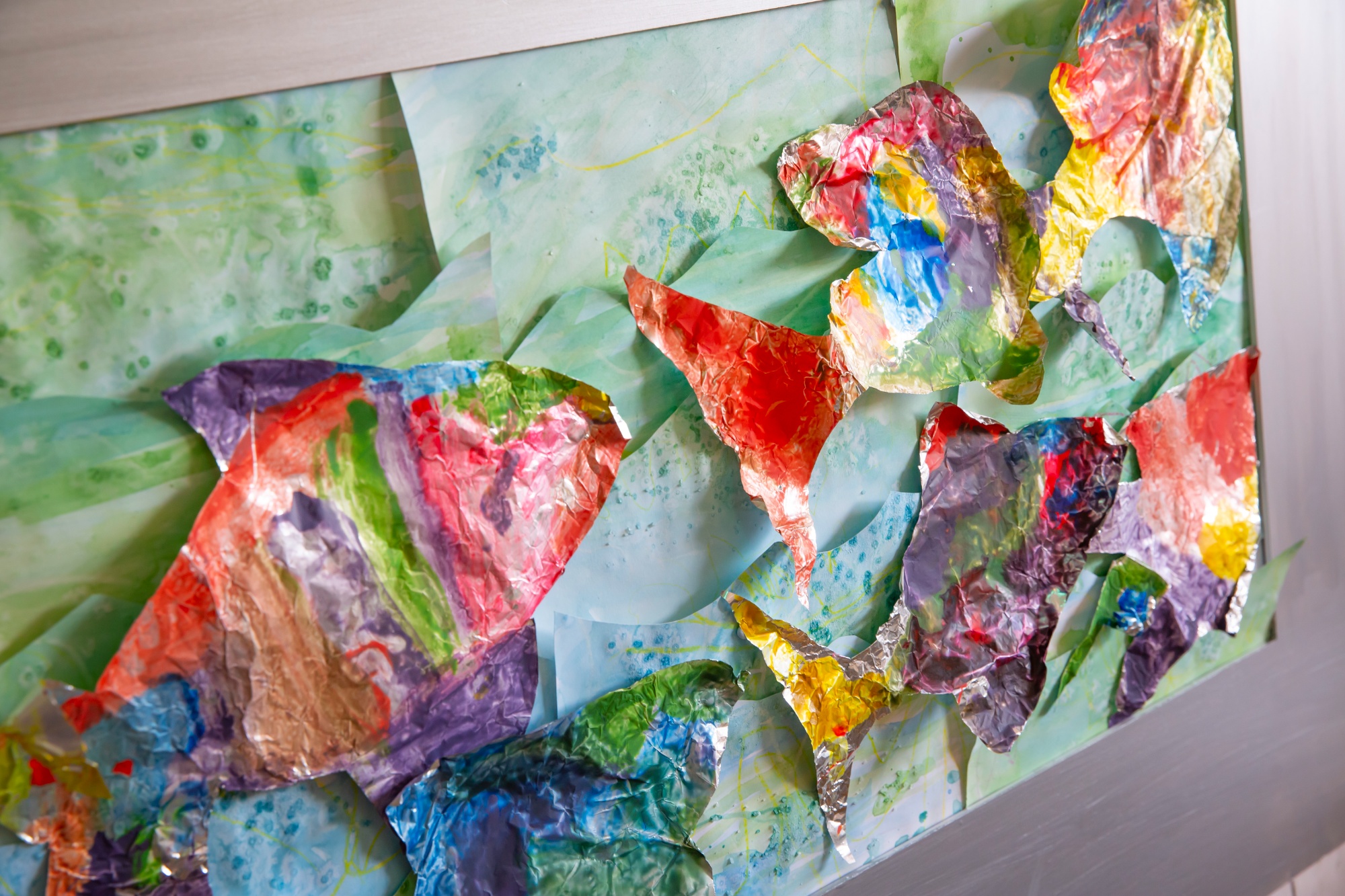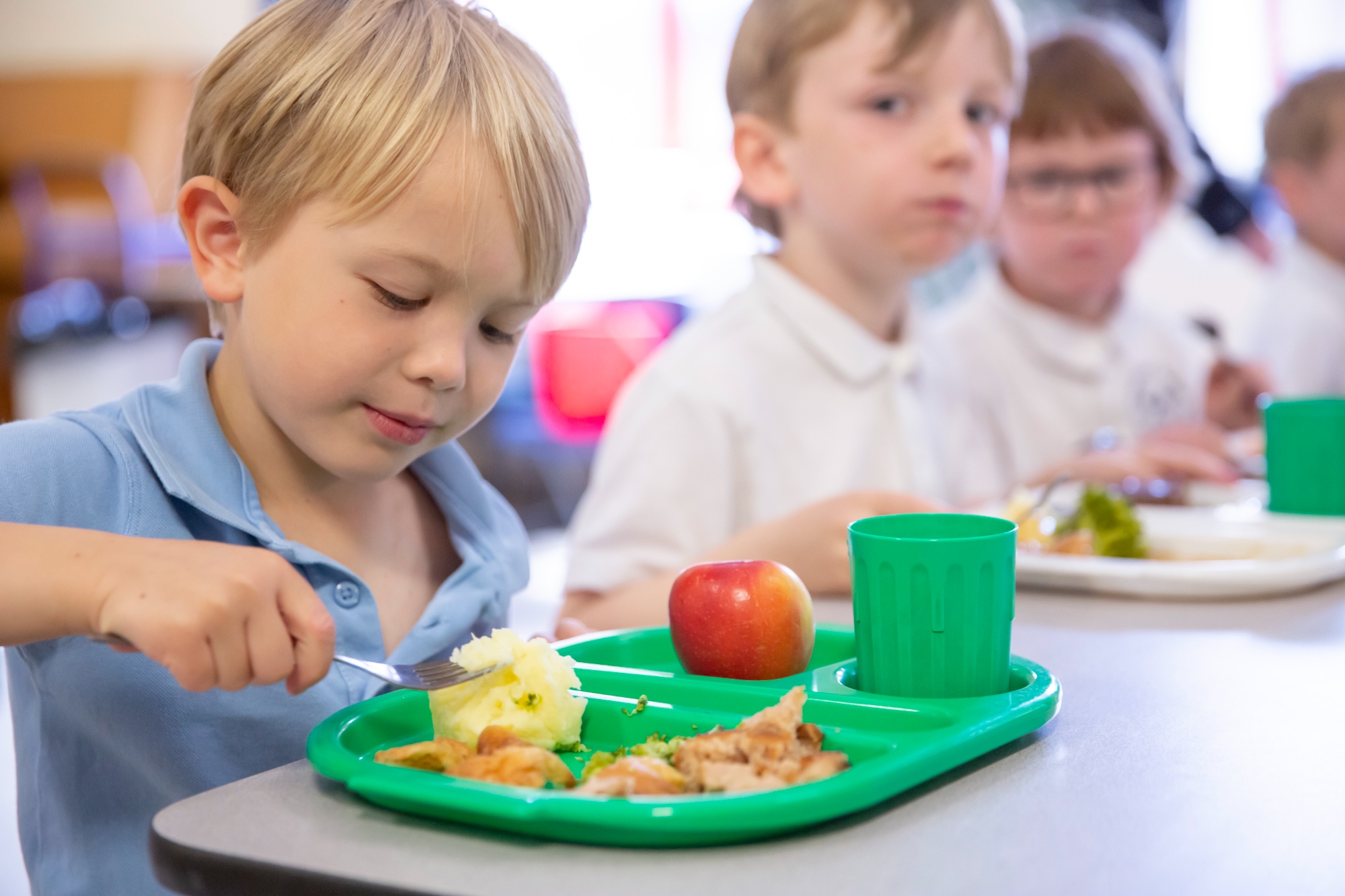Writing
“All I need is a sheet of paper and something to write with, and then I can turn the world upside down.”
– Friedrich Nietzsche
Subject Leader: Mrs Bella Bowes
Intent
At Stamford Bridge Primary School, we want all our pupils to leave primary school with a love for writing. We want our pupils to write with a recognisable voice and to use writing as a tool for thinking. We teach pupils to be writers, not just people who produce writing.
Our writing curriculum aims to spark curiosity and imagination. Our ultimate goals are to inspire a love for writing and to equip our pupils with the skills they need in order to communicate effectively and achieve their potential academically.
Our guiding principles
Our primary aim is to equip each child with the tools and enthusiasm they need to become confident, skilled, and passionate writers. We do this through:
1. Diverse Writing Experiences: Throughout their time in our school, pupils are offered a wide experience of writing, across a range of genres and text types
2. The Reading-Writing Connection: We recognise the vital link between reading and writing. We use high-quality model texts to show pupils how writing works. Short, whole texts are used to explore the overall structure of writing and further extracts are used to explore ideas around language, grammar, characterisation, setting and authorial intent.
3. Oral Composition: We understand the importance of oral composition. We encourage verbal expression as a foundation for confident and articulate writing.
4. Regular Writing Opportunities: Pupils are provided with very regular opportunities to put pen to paper and express their ideas, fostering continuous growth. Pupils are given opportunities to write for real-life purposes and are given opportunities to share their own ideas.
5. The Simple View Of Writing: Our teaching approach is grounded in “The Simple View of Writing” (Berninger et al, 2002), in which we break writing down into manageable knowledge and skills over time. This ensures a structured and comprehensive writing education.
6. Grammar As Choice: Grammar is taught explicitly, but in the context of model texts and children’s writing, not as a body of separate knowledge learnt for its own sake. Teachers draw attention to the linguistic choices and possibilities available to children.
7. Writing Process Mastery: Pupils are explicitly guided through the writing process, including planning, drafting, editing, and redrafting. Over time, pupils take increasing responsibility for selecting and using strategies.
8. Fluency In Transcription: We explicitly teach spelling and handwriting skills, and provide pupils with extensive opportunities to practice them, supported by effective feedback. This helps them to develop fluent transcription skills. Fluent writing supports composition, because pupils’ cognitive resources are freed from focusing on handwriting and spelling, and can be redirected towards writing composition.
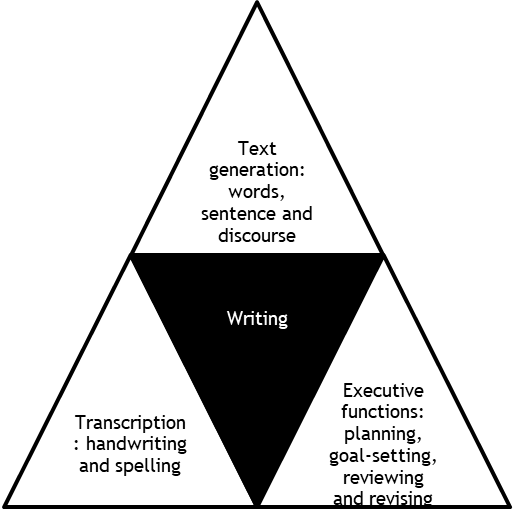
The Simple View of Writing
Implementation
Early Years Foundation Stage (EYFS)
The Reception children work on their ‘writing for meaning’ skills each day in a morning meeting where they meet in a group with an adult and are given a stimulus or task involving drawing and writing, often linked to a story they have been reading in class. At first they mark-make, building up to writing letters, words and then sentences. Children are also given regular opportunities for ‘story scribing’ where an adult writes down their ideas. This builds the foundations of oral composition.
The Reception children also work with an adult on a 1:1 or small group basis every week, to focus on each child’s specific next steps for transcription. This begins with letter formation, building up to CVC words and then dictated sentences. Spelling is also built into the daily sessions of our phonics programme, Little Wandle Letters and Sounds.
Key Stage 1 and 2
Composition
From Year 1 to Year 6, each writing topic centres on a key concept, for example, “How well can we create an ominous setting?”. With this as a driver, we use high-quality model texts to show pupils how writing works. Short, whole texts are used to explore the overall structure of writing. Further extracts are used to explore ideas around language, grammar, characterisation, setting and authorial intent.
Pupils are taught to compose their writing using a process that is based on the writing composition process outlined in the EEF’s Improving Literacy in Key Stage 2 report:
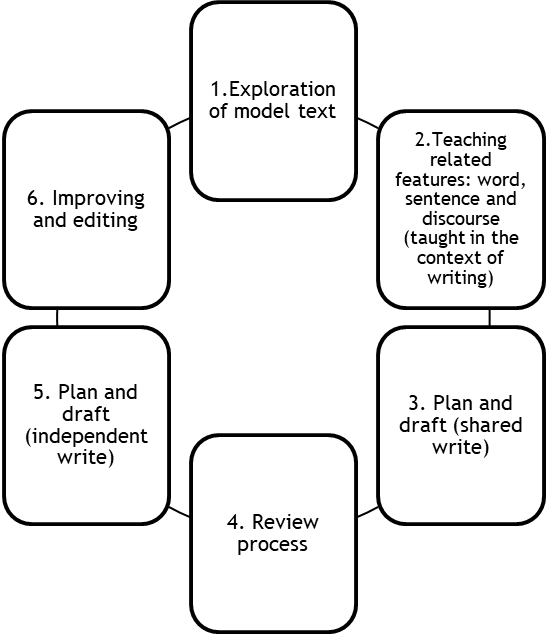
While all pupils follow the same process, the structure is adapted to reflect the type of text and the expectations of pupils at different stage. For example, it may be better for pupils to explore example of formal, technical language before exploring the structure of a non-chronological report. The writing process is not linear. Teachers can revisit and extend stages, depending on the needs of the class.
|
|
Writing Process |
|
Exploration of model text
|
Sharing and exploration of model text- this is used to identify whole-text and structural features. These texts increase in ambition as children move through the school. (Increased ambition may be linked to themes and topics; vocabulary and grammatical choices; and / or discourse structures.) The teacher demonstrates reading the model as a writer. They show how to scour the model for key features. The identification of features and discourse structures will be increasingly pupil-led as they move through the school and are able to draw on previous learning. There will be an increasing focus on audience and purpose. |
|
Teaching related features: word, sentence and discourse
|
Using a wide range of age-appropriate, high-quality texts and extracts, teachers teach:
At this stage, pupils are given opportunities to apply new knowledge through short-burst tasks. Sometimes this will be oral work, but many short opportunities for writing are given at this stage. |
|
Plan and draft (shared writing)
|
At this stage, teachers model their planning and writing, sharing the frustrations and successes involved. The teacher models the writing process, with pupils creating a similar model. In Key Stage 1, pupil plans are likely to be largely pictorial and teachers will prioritise oral composition. Children experience a range of planning strategies including boxing-up their ideas. The focus at this stage is very much about recording ideas in a way that supports the sequencing of the piece. In Key Stage 2, pupils plan using boxing-up to ensure that their planning focuses on word, sentence and discourse-level features. The model text is used as a basis for this process. In Years 5 and 6, pupils are given an opportunity to experiment with the discourse structures (for example, changing elements of narrative writing plots) and to apply both word-level and sentence-level features from current and previous topics. |
|
First review process (improving and editing)
|
Editing and improving is a part of the whole writing process. Pupils edit and improve their writing, as set out in the National Curriculum yeargroup expectations. To develop resilience, the teacher may chunk the drafting process into manageable sections with each part building towards the final piece. After each chunk, the teacher can model explicitly how to make edits and revisions. |
|
Plan and draft (independent write)
|
Pupils plan and draft their independent write. The task is linked in some way to the model text. The task often represents an opportunity to apply their knowledge and skills in a different context (i.e. a change of setting). The teacher may model aspects of the independent write, but pupils work independently on their own piece. DfE guidance on independent writing is followed where pieces are to be used for statutory assessment. Where developmentally appropriate (e.g. in Year 1) children may share elements of their ideas verbally and record others. Children might only write part of their piece fully independently (to allow for assessment) and have support with the rest of the piece. |
|
Final review process (improving and editing
|
Editing and improving is a part of the whole writing process. After the independent write, pupils will edit and improve their work, as set out in the National Curriculum yeargroup expectations. Where appropriate, children may then be given the opportunity to write a final draft with a focus on presentation. |
Spelling
In EYFS and Year 1, spelling is built into the phonics programme, Little Wandle Letters and Sounds.
In Year 2 (once they have completed the Little Wandle programme) and Key Stage 2, children are taught spelling through the Spelling Shed scheme. Each class has designated lessons set aside for the discrete teaching of spelling.
Handwriting
Children are taught handwriting skills in discrete sessions, including teacher modelling and guided practice. The frequency of these lessons is determined by the needs of the children. EYFS and Year 1 children use a printed style of handwriting which has no lead-ins, but does have some exit strokes. In Year 2, once children are secure in their printed letter formation, they learn to form each of the cursive letters with lead-ins, and then move on to a continuous cursive, joined style. We follow the Letterjoin scheme for continuous cursive handwriting.
Specific groups of children:
- In circumstances where children are working significantly below their year group objectives, they will learn at a developmentally-appropriate level, and learning activities will be matched as closely as possible with the overall objective for the class. Children’s learning will be supported through the use of stage-appropriate models, tasks and scaffolds. Summative and formative assessment will inform planning, to ensure gaps are addressed and core skills prioritised.
- High prior attainers are encouraged to explore their understanding at a greater depth through open-ended tasks and opportunities to experiment with the discourse features. We use questions like “How can we…?” and “How well can we…?” to set ambitious expectations, while acknowledging that successful writing can take various forms.
Assessment of writing
All skills taught to pupils are part of our writing skills progression, ensuring a structured and comprehensive approach. Pupils are regularly assessed against the expectations for their year group using assessment tick sheets. These sheets serve as valuable tools to gauge pupils’ independent understanding of the required writing skills and inform teacher assessments. To maintain accuracy, moderations occur routinely throughout the year, both within our school and across the Trust schools.
How we monitor our children’s learning:
- Marking and feedback within books and verbally during lessons
- End of unit assessments against the objectives that have been taught
- Pupil progress meetings
- Learning walks and lesson observations
- Subject leader and senior leadership monitoring books and planning
- Senior leaders and subject leader analysing summative attainment data and identifying area(s) for focus
- Pupil voice meetings
Staff CPD:
- Staff meetings led by writing lead or Trust leaders with specific focus areas
- Joint moderation and book-looks within and across schools in the Trust.
- Subject leader meetings with writing leads across the Trust.
Impact
- Children who leave our school with a love of writing and the ability to write with a recognisable voice
- Confident children who have the skills they need to can communicate effectively through writing and achieve their potential academically
